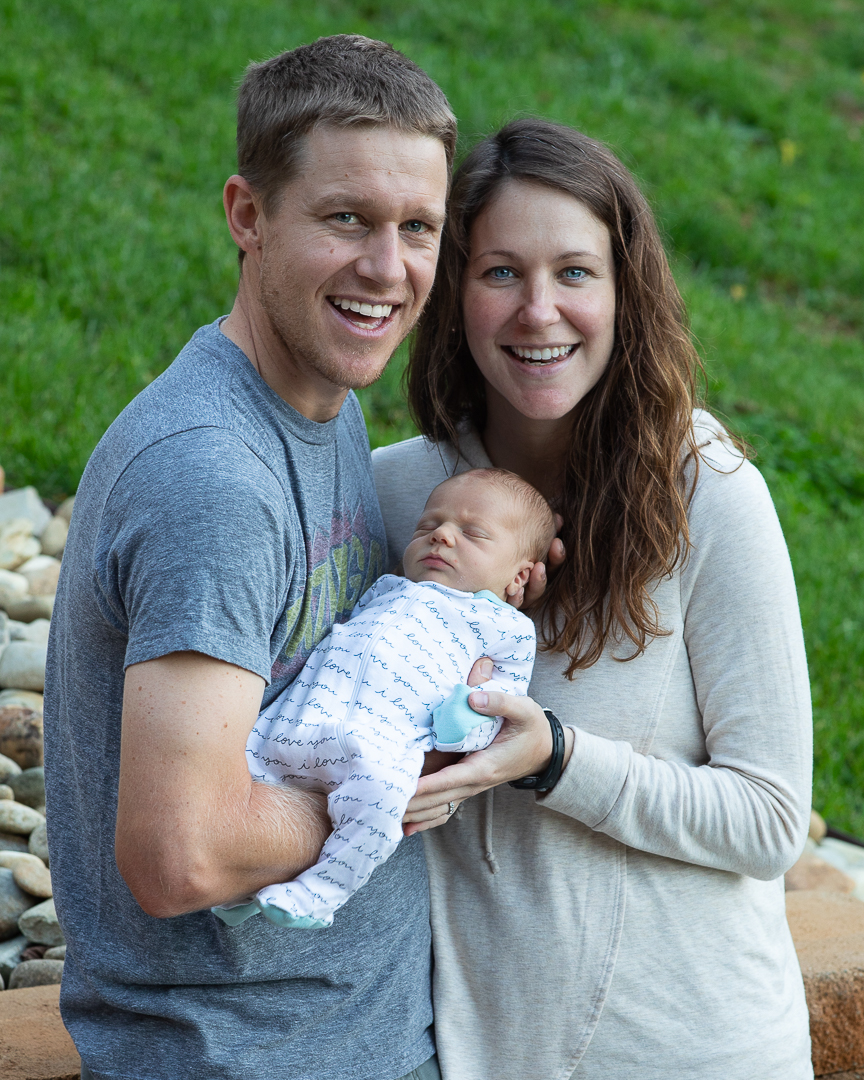There is a really basic strength-training exercise called a deadlift. For those who don’t know what a traditional deadlift is, there is a bar with weights resting on the ground; you bend forward at the knees and waist to grasp the bar and then use lots of muscle groups to return to standing and bring the weight with you. Because you’re using big muscle groups and the lift itself is just a short, simple, vertical movement, you can really use a lot of weight when performing a deadlift. In fact, athlete’s training for brute strength can likely deadlift more than double their own bodyweight. (That is definitely not me!) But, one thing that is interesting about the deadlift is that the very hardest part of the exercise is breaking the initial inertia of the weights resting on the ground. I often find that even with a daunting amount of weight (for me, 225 lbs.), I can easily do several repetitions of the exercise if I can simply get the bar off the ground for the first rep.
In this way, the deadlift is a good metaphor for a lot of hard things in life. When we allow the daunting nature of a task to overwhelm us, we develop this strong sense of dread. But, if we could just break that initial inertia and get started, in many cases I think we’d find ourselves getting into a rhythm and actually finding some ease and enjoyment from a task we thought would be horrible. The key is to just start!
I can’t write about this without giving a shout out to my friend Doug. He is a very disciplined runner and exerciser, but like many of us, often the only time he can squeeze exercise into his day is very early. He has his own version of “just start.” He says that when his alarm goes off super early and he doesn’t feel like getting up and exercising that day, he enforces a “five-minute rule” on himself. He has to get up, put on his workout gear, and go exercise for five minutes. If he still feels exhausted, he can then stop and go back to bed. “Just do five minutes!” he says. Of course, most days, after five minutes, the endorphins are starting to pump and all the sudden the exercise feels invigorating rather than tiring. “Just do five minutes” is Dougie’s way to just start!
I find that this concept of breaking inertia applies to so many areas of my life, from big things to the smallest little chores. When I ruminate on a task my sense of dread grows. When I dive in and get started, I find feelings of confidence, empowerment, and sometimes even enjoyment in an activity that seemed either impossible or miserable before I began.
So today I challenge myself and you: whenever you have something in your life that you need to address–whether it is a giant project like taking control of your health and fitness or a simple task like cleaning up the kitchen after hosting a dinner with friends–just start! Don’t let the daunting nature of the task mean that the metaphorical weights just stay rooted to the ground. Break the inertia. Pick them up. You might just find yourself absorbed in the challenge, feeling strong and capable, and enjoying something you once looked upon with misery.






